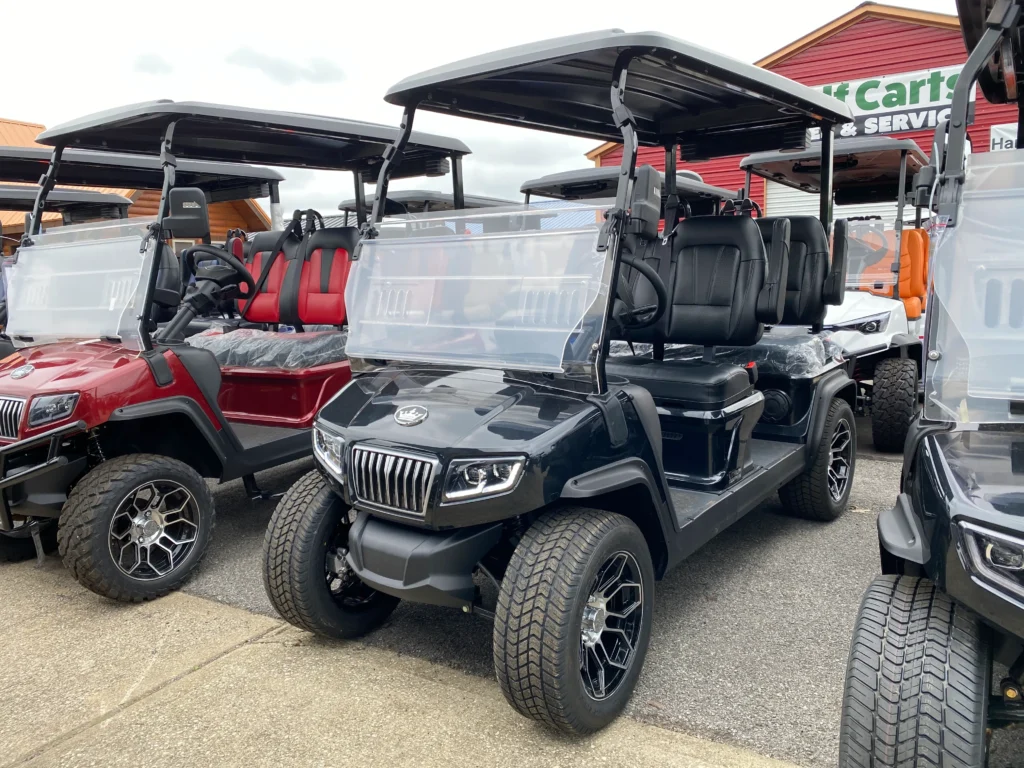For many golf cart owners, battery replacement is one of the most important and costly aspects of ownership. Whether you’re shopping for a new set or budgeting for future maintenance, one of the first questions you’re likely to ask is: How much are golf cart batteries? The cost varies depending on the battery type, brand, voltage, and capacity—but with a little planning, you can make an informed decision that balances cost, performance, and longevity.
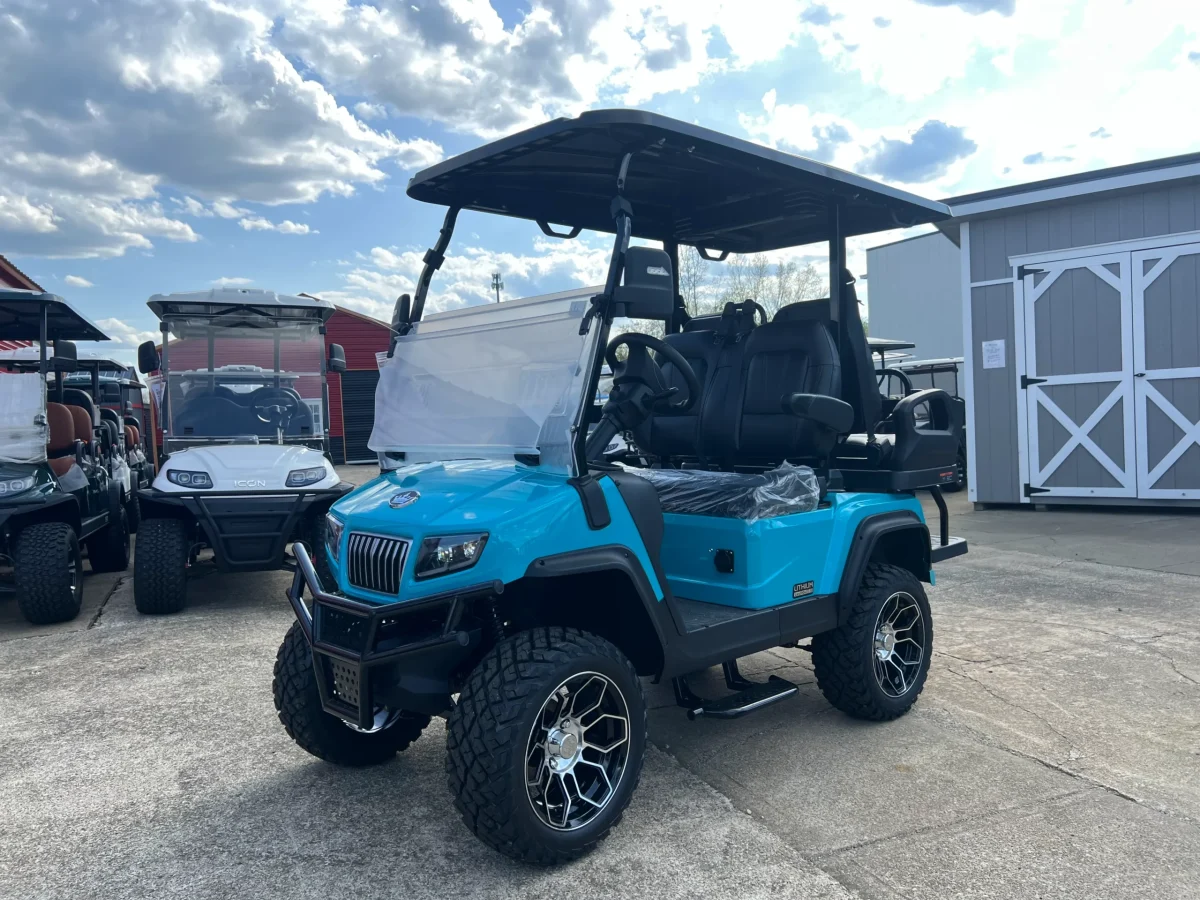
Understanding Golf Cart Battery Types
The most common battery types used in golf carts are flooded lead-acid batteries, AGM (Absorbent Glass Mat) batteries, and lithium-ion batteries. Each type comes with a different price point and maintenance requirement.
Flooded lead-acid batteries are the most traditional and affordable. They require regular watering and cleaning, but they deliver solid performance for carts used occasionally or in milder climates. AGM batteries are sealed and maintenance-free, making them cleaner and safer, but they generally cost more than flooded types.
Lithium-ion batteries are the premium option. They last longer, charge faster, and weigh significantly less. Their high initial cost is often offset by a lifespan that can be twice or even three times that of traditional lead-acid setups.
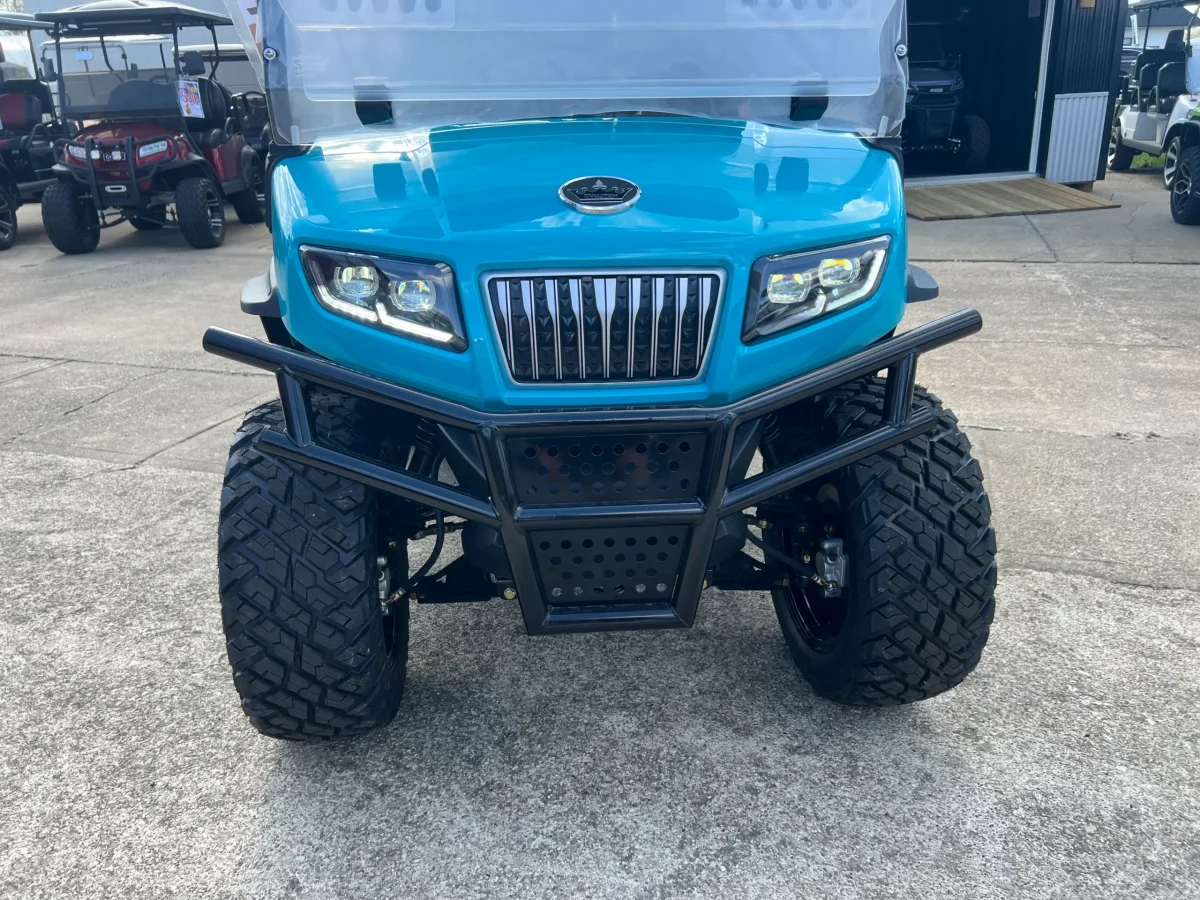
Price Ranges for Golf Cart Batteries
Golf cart battery pricing varies widely based on voltage, chemistry, and the number of batteries required per system. Carts with 36V systems typically rely on six 6V batteries, which can cost between $600 and $900 for a full set when using standard lead-acid models. These are often the most budget-friendly configurations, favored by users who drive their carts occasionally and in flatter terrain.
More advanced 48V systems offer increased torque and range. These setups may use six 8V batteries or four 12V batteries, with prices ranging from $800 to $1,500 depending on the brand and quality. Some users upgrade to 48V systems to gain more consistent performance across variable terrain or to support heavier loads and additional accessories like lighting kits or sound systems.
For users looking to minimize maintenance and maximize runtime, lithium battery packs represent the top tier. These systems generally start at $2,000 and can reach $4,000 or more, particularly for high-capacity options that support extended range or commercial use. These prices often include a Battery Management System (BMS), a custom charger, and sometimes even mobile apps for battery monitoring.
Installation fees can add another $100 to $400 depending on complexity, especially if switching from lead-acid to lithium. In such cases, rewiring or reconfiguring the battery tray may be necessary, as lithium batteries are often more compact or shaped differently. Buyers should factor in these hidden costs when comparing total ownership expenses across battery types.
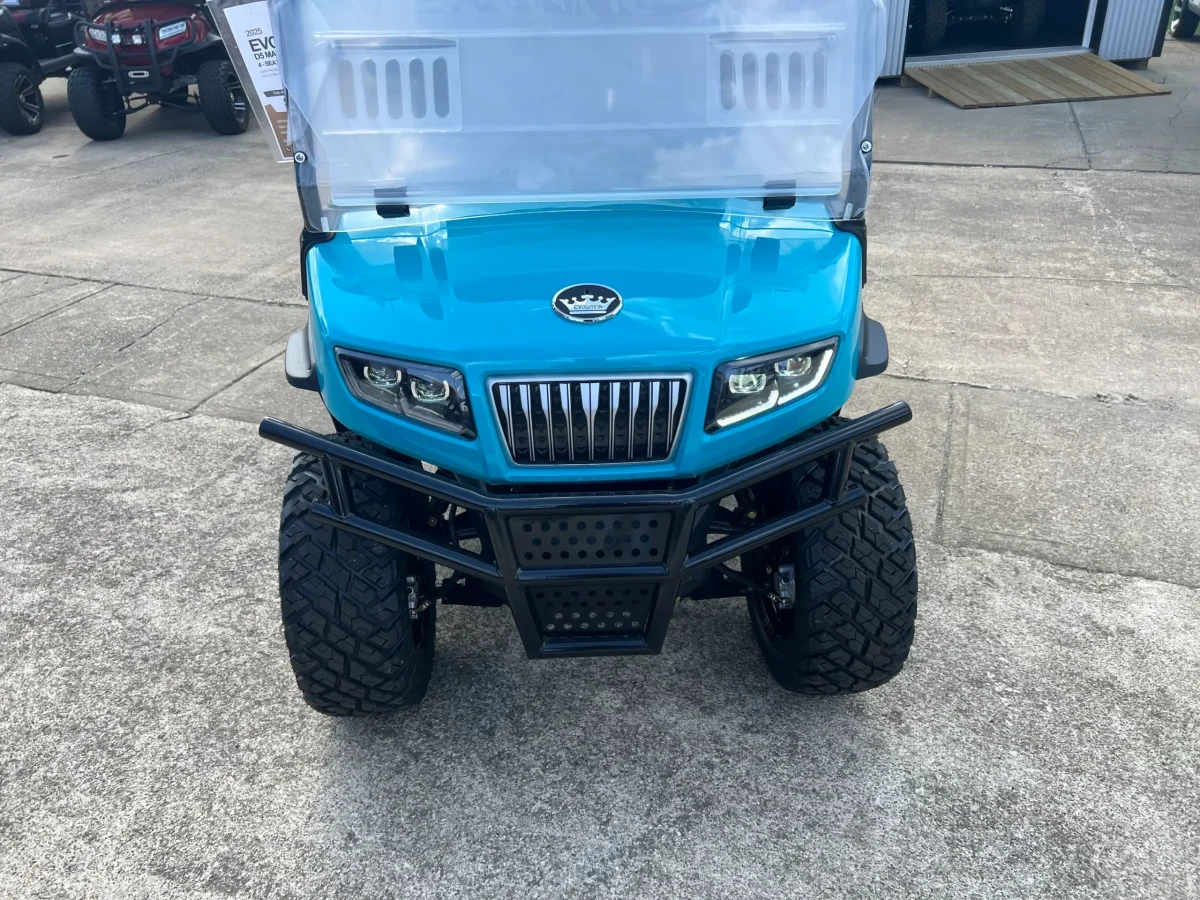
Evaluating Total Cost of Ownership
While upfront price matters, savvy golf cart owners often look beyond the purchase figure to evaluate the total cost of ownership. This includes maintenance requirements, replacement cycles, energy efficiency, and downtime. A cheaper lead-acid system may save money initially, but if it needs to be replaced every four years while a lithium system lasts ten, the long-term cost difference shrinks significantly.
Lead-acid batteries also consume more electricity due to slower and less efficient charging. Over the course of several years, these energy losses can add up, especially for owners who use their carts daily. Additionally, time spent maintaining, watering, and cleaning batteries can become burdensome or even require hiring help in commercial or fleet applications.
Lithium batteries charge faster and more completely, reducing electricity bills and downtime. They also deliver consistent voltage until fully discharged, which keeps lights and accessories running strong, even as capacity drops. For these reasons, many fleet managers and heavy-use customers lean toward lithium despite the upfront cost.

Understanding Warranty and Replacement Policies
Another important aspect that affects value is the warranty. Most lead-acid battery sets come with 12- to 24-month warranties, covering defects in materials or workmanship. Some manufacturers offer prorated warranties that reduce coverage over time. This means if the battery fails in its second year, the refund or replacement value might only cover a portion of the cost.
Lithium battery makers often offer 5- to 8-year warranties, which reflect confidence in long-term performance. These warranties tend to include specific conditions around usage patterns, charge cycles, and storage temperature. Buyers should always read the fine print to understand what’s covered and what may void the policy.
At Hartville Golf Carts, we help our customers interpret warranty terms and navigate claims processes when needed. Choosing a battery brand with strong support and proven customer service adds to your long-term peace of mind.
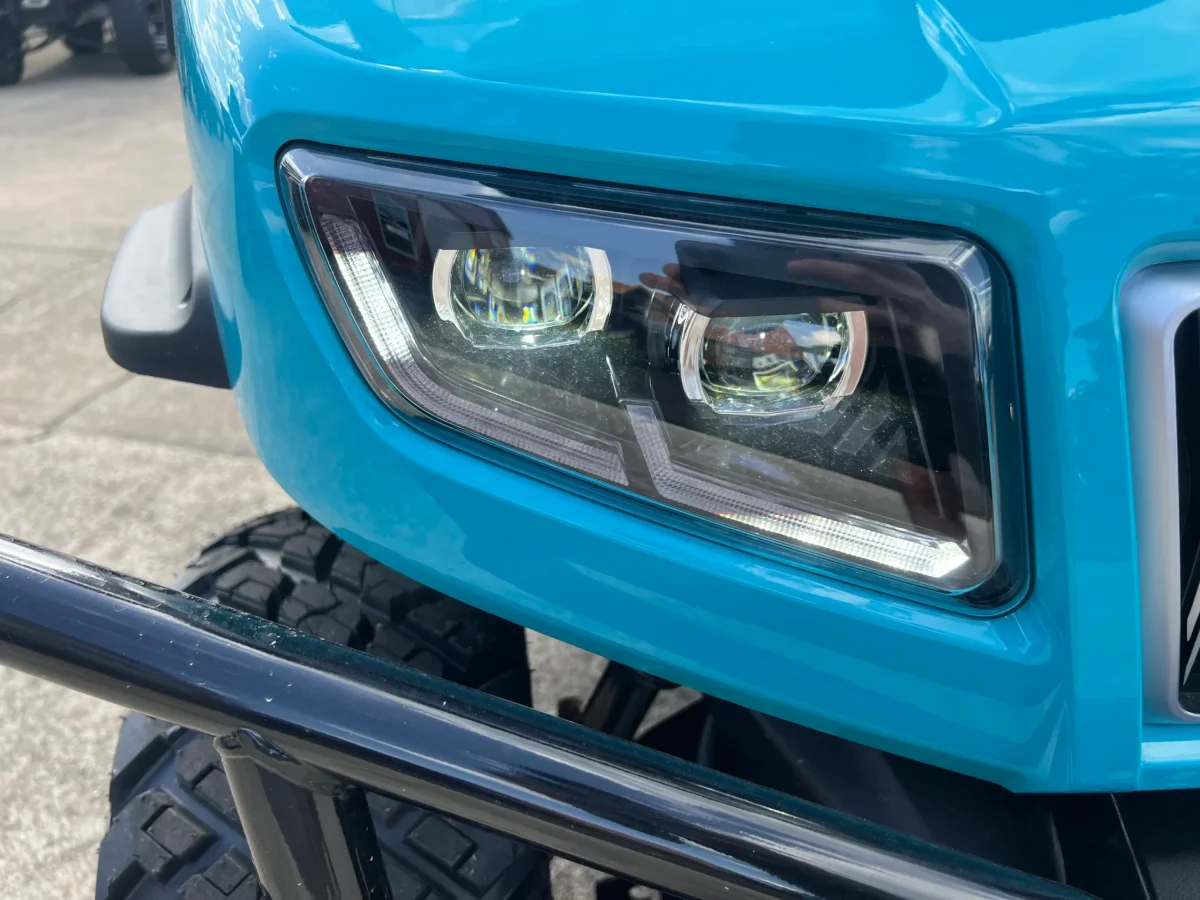
Custom Configurations and Accessory Integration
The battery you choose can also affect what accessories your golf cart can handle. High-end lithium batteries offer more amperage and consistent voltage delivery, which benefits carts equipped with additional gear. If your cart includes headlights, USB ports, lift kits, or refrigerated compartments, you’ll need a battery system that supports these electrical loads without draining prematurely.
Custom setups may require a DC-to-DC converter or voltage reducers to prevent damage to electronics. These components may be bundled into lithium systems, but they’re not always included with lead-acid configurations. Understanding these integrations ahead of time helps prevent compatibility issues down the line and can impact both your budget and cart performance.
Customers at Hartville Golf Carts often inquire about whether their current battery tray can accommodate a newer battery model or if the upgrade will interfere with existing electrical systems. Our technicians walk through these specifications in detail to ensure upgrades go smoothly.
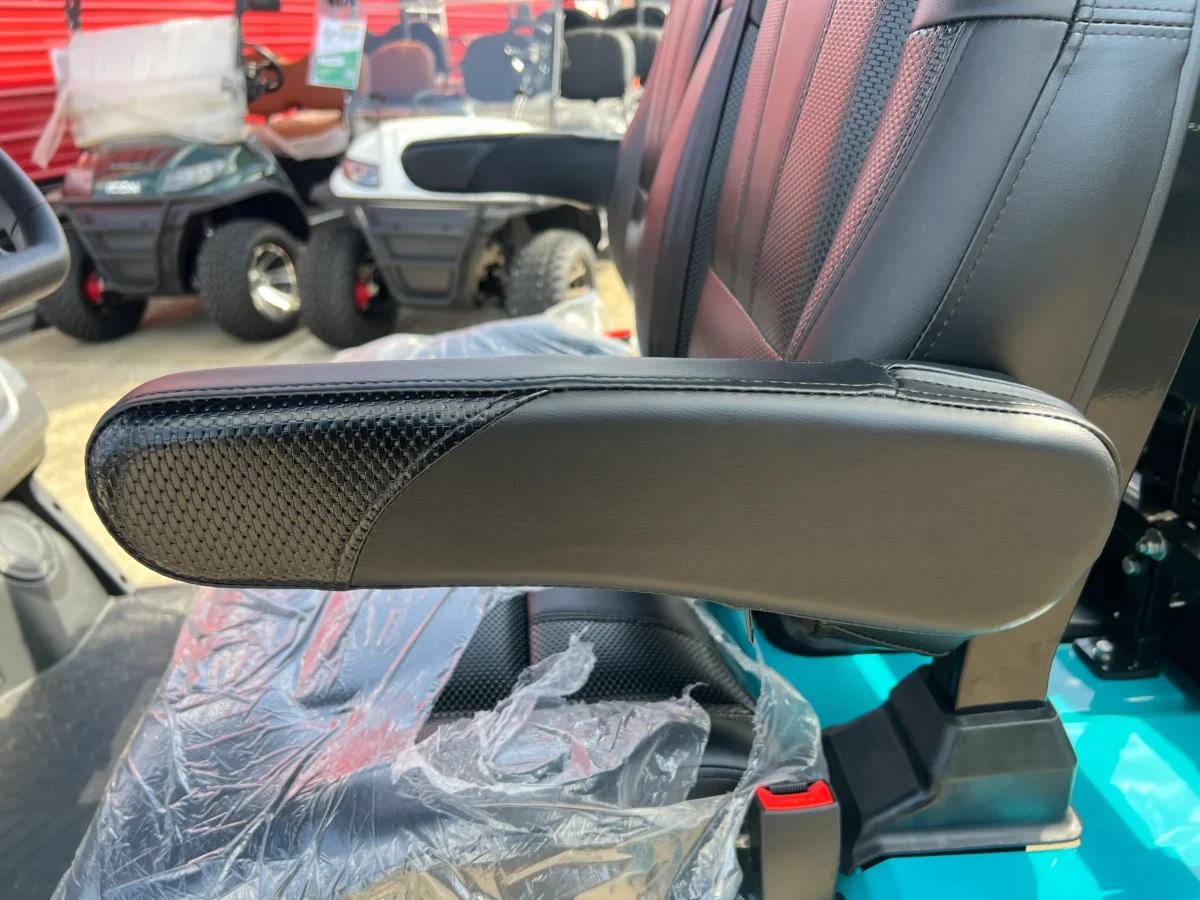
Recycling and Environmental Impact
As electric vehicles become more widespread, environmental considerations play a growing role in battery selection. Lead-acid batteries are recyclable, but they must be disposed of properly at certified facilities. Mishandled lead-acid batteries pose environmental hazards due to the potential for lead and sulfuric acid leakage.
Lithium batteries also require specialized recycling, though they are often considered more environmentally friendly because they last longer and produce less waste over time. Some battery manufacturers partner with national recycling networks to streamline the disposal process and recover valuable materials like lithium and cobalt.
For eco-conscious buyers, understanding the recycling program included with your purchase can tip the scales when comparing options. A battery that lasts longer and returns its core materials back to the supply chain supports sustainability goals—whether you’re managing a single personal cart or an entire resort fleet.

Making an Informed Decision
Understanding how much golf cart batteries cost involves more than a single number. While the range may start at $600 and climb past $4,000, those numbers only represent part of the equation. Consider how often you use your cart, what performance level you expect, how long you plan to own it, and whether you’re equipped to handle ongoing maintenance.
At Hartville Golf Carts, we work closely with every buyer to align product recommendations with real-world usage. Whether you prioritize price, convenience, power, or longevity, we’ll help you weigh the trade-offs and make a decision that holds up over time.
Prices for golf cart batteries vary based on the system voltage and battery chemistry. A full set of six 6V lead-acid batteries (for a 36V system) typically costs between $600 and $900. A 48V system using six 8V batteries or four 12V batteries might cost anywhere from $800 to $1,500, depending on the brand.
AGM battery sets can range from $1,200 to $2,000, while lithium battery packs start at around $2,000 and can go beyond $4,000 for higher-capacity models. These higher prices often include smart battery management systems (BMS), chargers, and installation hardware.
At Hartville Golf Carts, we help customers weigh the upfront cost against the long-term performance and maintenance savings of each option.

Factors That Affect Cost
Several variables influence the final cost of golf cart batteries. The brand and quality of materials are two of the biggest factors. Premium battery brands tend to offer longer warranties and better cycle life, but they come at a higher price.
Capacity ratings, such as amp-hours (Ah), also affect pricing. A higher Ah rating provides more range and run time but adds to the cost. If you regularly use your cart for long drives or in commercial settings, investing in higher-capacity batteries may provide better value over time.
The charger compatibility may also add to the expense. If you’re switching from lead-acid to lithium, you’ll likely need a new charger or controller that suits the battery’s specifications. Some battery kits include these extras, while others require separate purchases.
Shipping and installation fees may further impact your total investment. Batteries are heavy and sometimes classified as hazardous materials, leading to higher freight charges. Always confirm what’s included in the quote when comparing options.
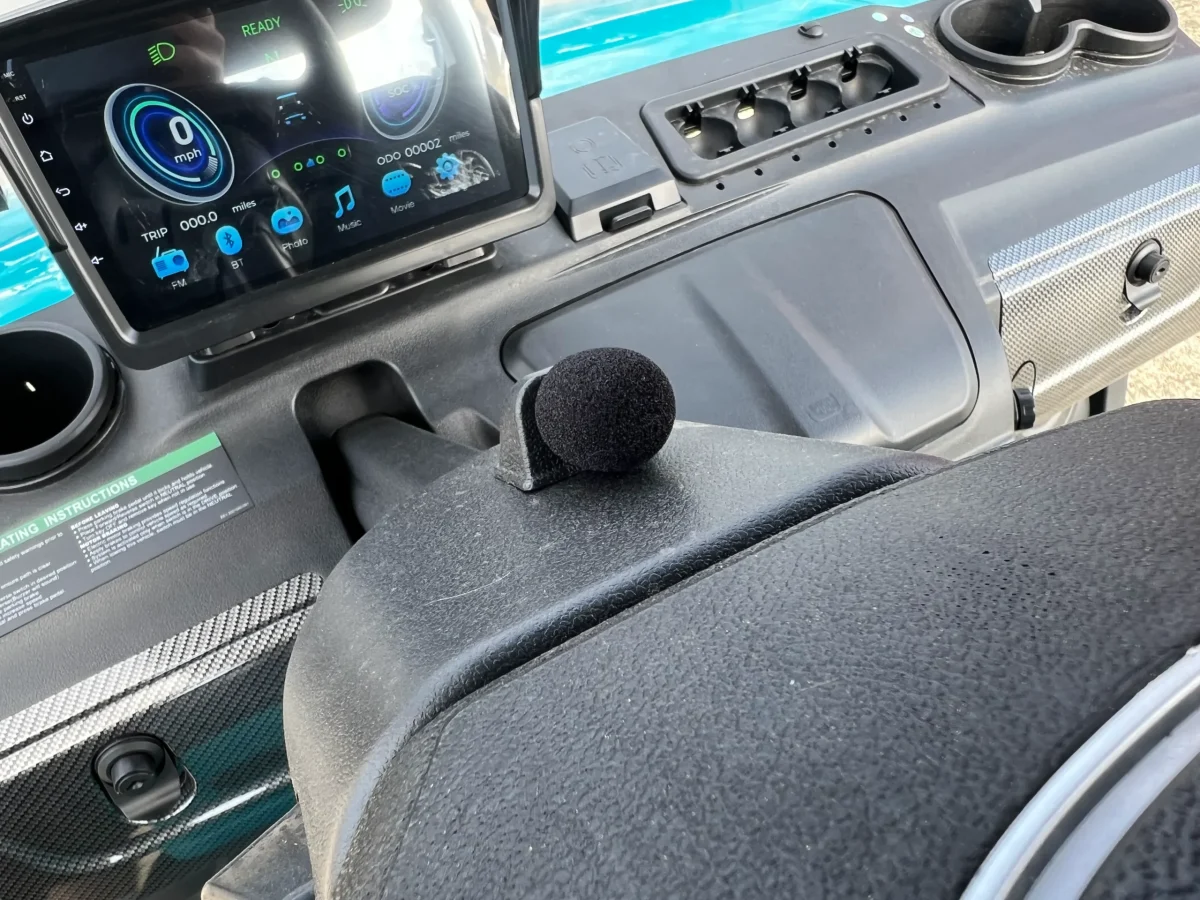
Lead-Acid vs. Lithium: Long-Term Value
Although lead-acid batteries have a lower upfront cost, they usually need replacement every 3 to 5 years. In contrast, lithium batteries can last 7 to 10 years or more. The longer cycle life, reduced maintenance, and energy efficiency of lithium batteries can justify the higher purchase price.
If you use your cart frequently, the savings on maintenance and replacements can make lithium a smart long-term investment. However, for casual or seasonal users, well-maintained lead-acid batteries may offer sufficient performance at a lower cost.
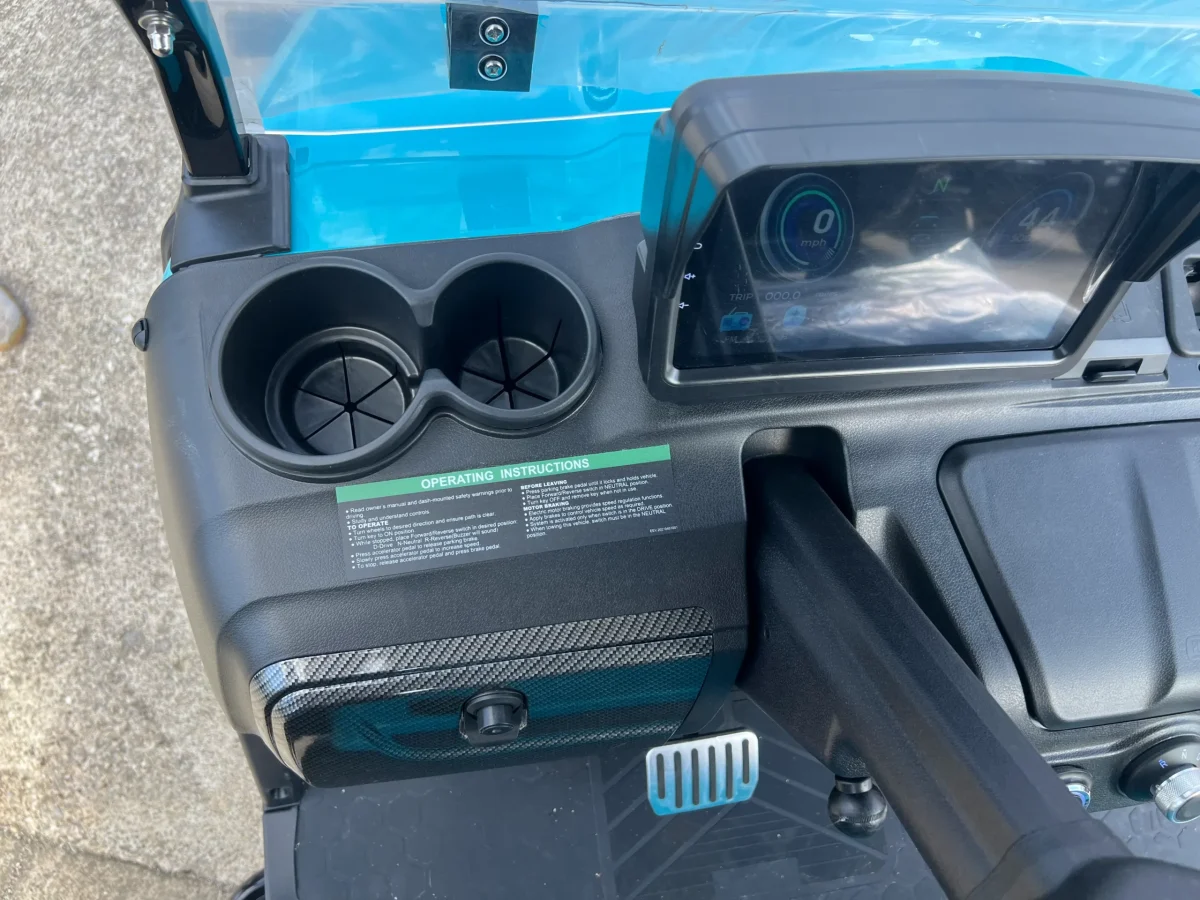
Where to Buy Golf Cart Batteries
Golf cart batteries are available through dealerships, online retailers, and some automotive stores. Purchasing from a dedicated golf cart dealer ensures that the batteries match your cart’s specifications and come with a support plan.
Buying online may provide cost savings, but it often lacks installation guidance or customer service. Additionally, shipping delays and return policies can complicate the process. At Hartville Golf Carts, we assist customers in selecting the right battery type and voltage for their specific cart setup, ensuring proper installation and usage.
For technical specs and industry comparisons, you can visit the U.S. Department of Energy’s guide to batteries, which includes insights into electric vehicle battery cost trends.
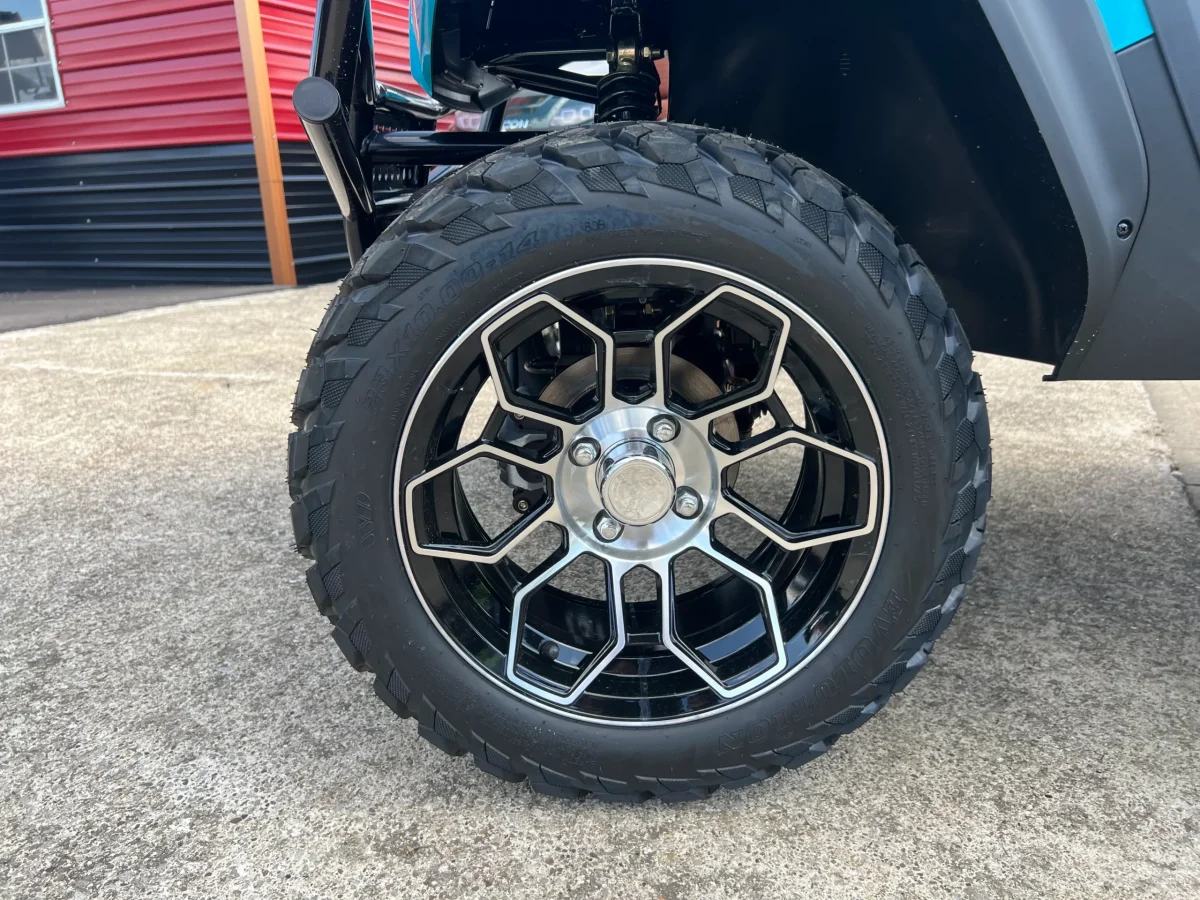
Conclusion
So, how much are golf cart batteries? The price ranges from $600 for basic lead-acid sets to over $4,000 for premium lithium systems. Your final cost depends on what type of battery you choose, how frequently you use your cart, and what kind of performance you expect.
If you’re unsure which battery is right for your cart or lifestyle, visit Hartville Golf Carts. Our experienced team is here to help you evaluate your options, calculate long-term value, and get the power you need to stay on the move.






